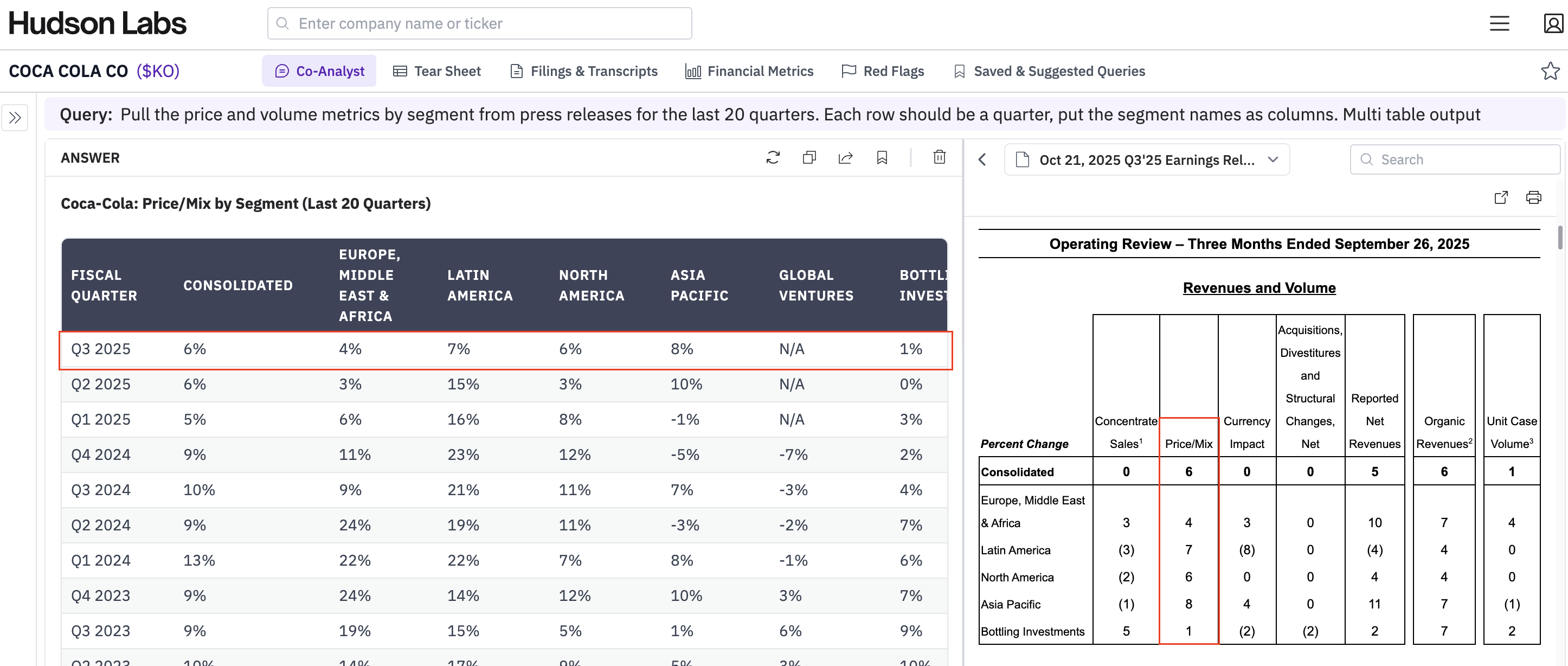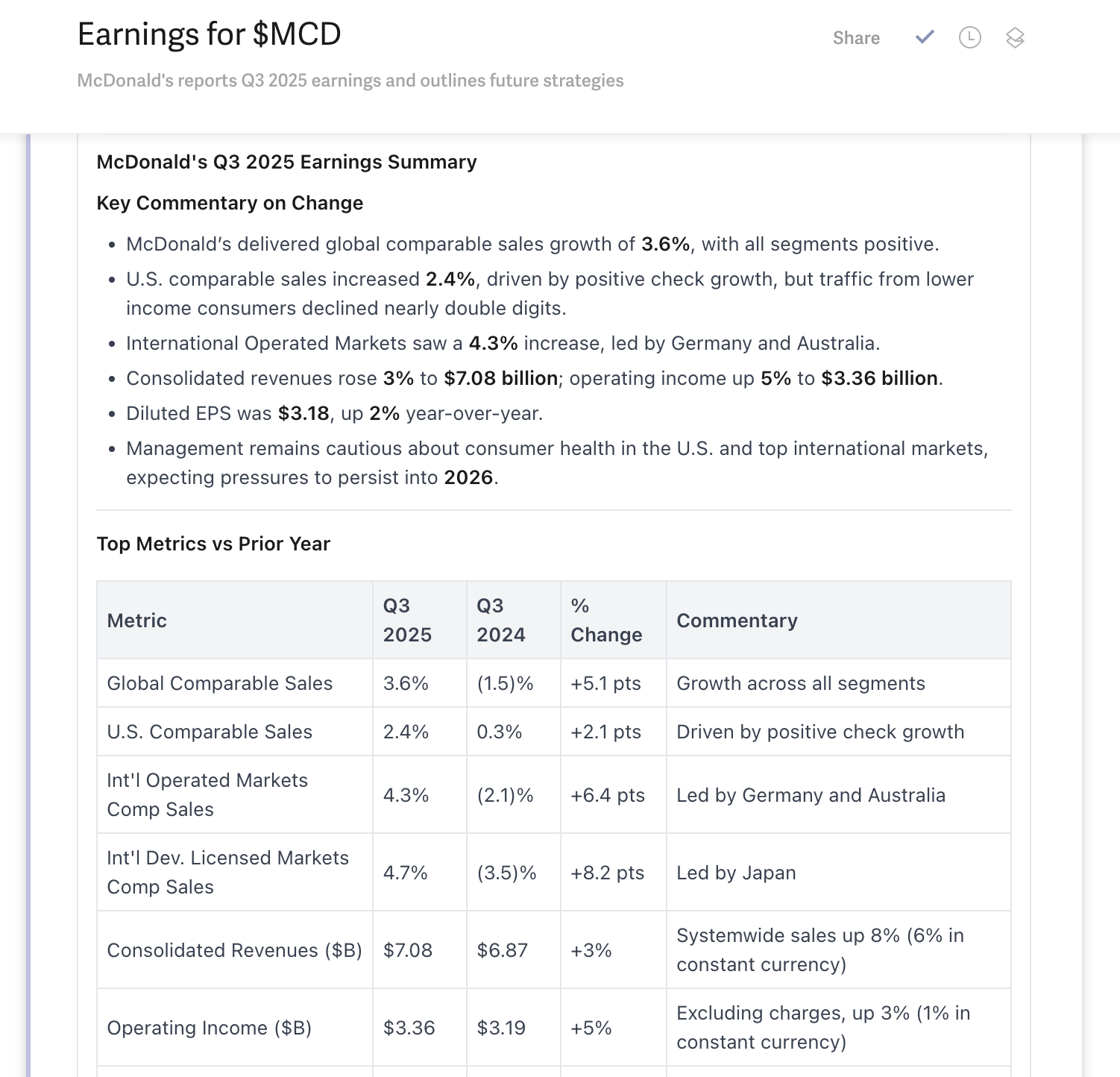How to interpret a Critical Audit Matter (CAM) in an audit report and evaluate its importance. A brief explanation for investors and non-accountants
Many investors and non-accountants struggle to understand Critical Audit Matters. This is especially true since they are now publicly disclosed through the audit report which can be found in a company’s 10-K or annual report. Because they are called “critical”, some investors overestimate their importance.
What is a Critical Audit Matter?
A Critical Audit Matter is an aspect of financial reporting that requires a lot of judgment or is inherently complex. Despite the fact that most people view accounting as “cut and dried”, virtually nothing is without nuance. Accounting standards are better understood as guidelines, not rules. For certain financial statement line items and disclosures, the right answer is sometimes very subjective or just inherently challenging to calculate. The subjective and very tricky areas of an audit must be reported to the company’s audit committee and are called “Critical Audit Matters”.
One example of a CAM would be the assessment of whether the value of an oil reserve were reported correctly on the financial statements (during an impairment assessment, for instance). As you can imagine, estimating how much oil is in the ground and how much it will be worth in the future is a complicated and subjective process and therefore hard to audit.
The technical definition per the PCAOB is a matter that “(1) relates to accounts or disclosures that are material to the financial statements and (2) involves especially challenging, subjective, or complex auditor judgment”. All CAMs are communicated to the audit committee.
Where are Critical Audit Matters (CAMs) reported?
In the U.S., CAMs are disclosed within the audit report. Audit reports can be found in any publicly listed company’s 10-K annual report, at the beginning of the financial statements section. Tools like Bedrock AI make it easier to read and understand auditor reporting and navigate 10-K SEC filings.
Are Critical Audit Matters (CAMs) risky?
Yes and no. Critical Audit Matters are a required part of any audit. The fact that a CAM exists is not risky in and of itself. Just because the financial reporting is complex does not mean that the business is inherently risky. For instance, most software companies have a CAM related to revenue recognition due to the complexity involved in having bundled services etc. This does not imply that the software companies themselves are risky but rather that the accounting is more complicated and subjective.
However, CAMs do mean that the financial matters mentioned are at higher risk of misstatement. CAMs indicate which financial statement line items and/or disclosures are subjective and/or complicated. This means that these line items are less objective and less reliable.
How to use Critical Audit Matters (CAMs) to make better investment decisions
Use Critical Audit Matters to zero in on the financial line items that require the most judgment and involve the most estimates. These are the areas of an earnings report that are the most likely to be changed, adjusted and updated going forward. These are often also the areas of the financial statements where there is more opportunity for earnings manipulation because they tend to be more discretionary in nature.
As mentioned above, most software companies have a CAM related to revenue recognition, for instance. This means that it's harder to compare revenue metrics between different software companies. It becomes essential to read the notes to the financial statements to understand differences in accounting policies and in underlying estimates for these accounts in order to accurately compare the metrics. Tools like Hudson Labs can help you keep track of notes and accounting policy changes.
Examples of Critical Audit Matters at Exxon, Microsoft, and Google
Exxon $XOM CAM example from FY 2021 10-K: Oil & Gas Reserve valuation
The Impact of Proved Oil and Natural Gas Reserves on Upstream Property, Plant and Equipment, Net
As described in Notes 1, 9 and 18 to the consolidated financial statements, the Corporation’s consolidated upstream property, plant and equipment (PP&E), net balance was $167.5 billion as of December 31, 2020, and the related depreciation and depletion expense for the year ended December 31, 2020 was $41.4 billion. Management uses the successful efforts method to account for its exploration and production activities. Costs incurred to purchase, lease, or otherwise acquire a property (whether unproved or proved) are capitalized when incurred. As disclosed by management, proved oil and natural gas reserve volumes are used as the basis to calculate unit-of-production depreciation rates for most upstream assets. The estimation of proved oil and natural gas reserve volumes is an ongoing process based on technical evaluations, commercial and market assessments, and detailed analysis of well information such as flow rates and reservoir pressure declines, development and production costs, among other factors. As further disclosed by management, reserve changes are made within a well-established, disciplined process driven by senior level geoscience and engineering professionals, assisted by the Global Reserves and Resources Group (together “management’s specialists”).
Microsoft $MSFT CAM example from FY 2021 10-K: Revenue recognition
Revenue Recognition
The Company recognizes revenue upon transfer of control of promised products or services to customers in an amount that reflects the consideration the Company expects to receive in exchange for those products or services. The Company offers customers the ability to acquire multiple licenses of software products and services, including cloud-based services, in its customer agreements through its volume licensing programs.
Significant judgment is exercised by the Company in determining revenue recognition for these customer agreements, and includes the following:
- Determination of whether products and services are considered distinct performance obligations that should be accounted for separately versus together, such as software licenses and related services that are sold with cloud-based services.
- The pattern of delivery (i.e., timing of when revenue is recognized) for each distinct performance obligation.
- Identification and treatment of contract terms that may impact the timing and amount of revenue recognized (e.g., variable consideration, optional purchases, and free services).
- Determination of stand-alone selling prices for each distinct performance obligation and for products and services that are not sold separately.
Given these factors and due to the volume of transactions, the related audit effort in evaluating management's judgments in determining revenue recognition for these customer agreements was extensive and required a high degree of auditor judgment.
Alphabet $GOOGL - CAM example from FY 2021 10-K: Future legal cost estimation
Loss Contingencies
The Company is regularly subject to claims, suits, and government investigations involving competition, intellectual property, privacy, consumer protection, tax, labor and employment, commercial disputes, content generated by its users, goods and services offered by advertisers or publishers using their platforms, and other matters. As described in Note 10 to the consolidated financial statements “Commitments and Contingencies” such claims could result in adverse consequences.
Are Critical Audit Matters (CAMs) new?
They are new to U.S. audit reports but not new to audits. CAMs have been part of audits for many years. They’re now getting more attention because they started being included in U.S. public company audit reports in 2019. The result is that stakeholders get more transparency into the audit risks and the audit process.
What is a Key Audit Matter and how is it different?
A Key Audit Matter (KAM) is very similar to a Critical Audit Matter but is the wording used by the International Federation of Accountants (IFAC), rather than the Public Company Accounting Oversight Board (PCAOB). In other words, CAMs are American and KAMs are international.
Want to learn more about audit reports? Read Interpreting internal control (ICOFR) weaknesses in stock research








